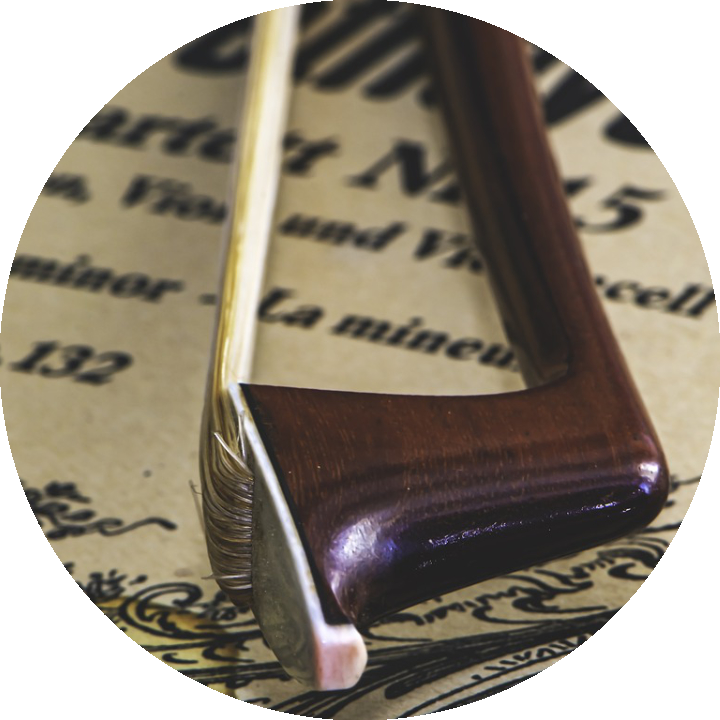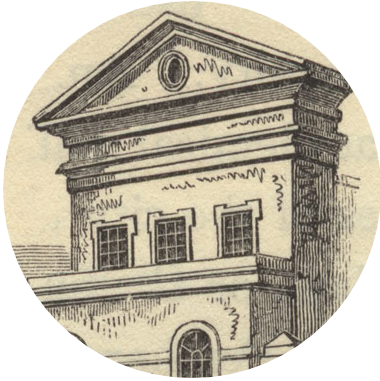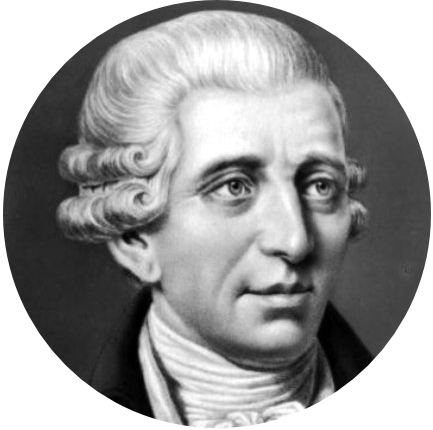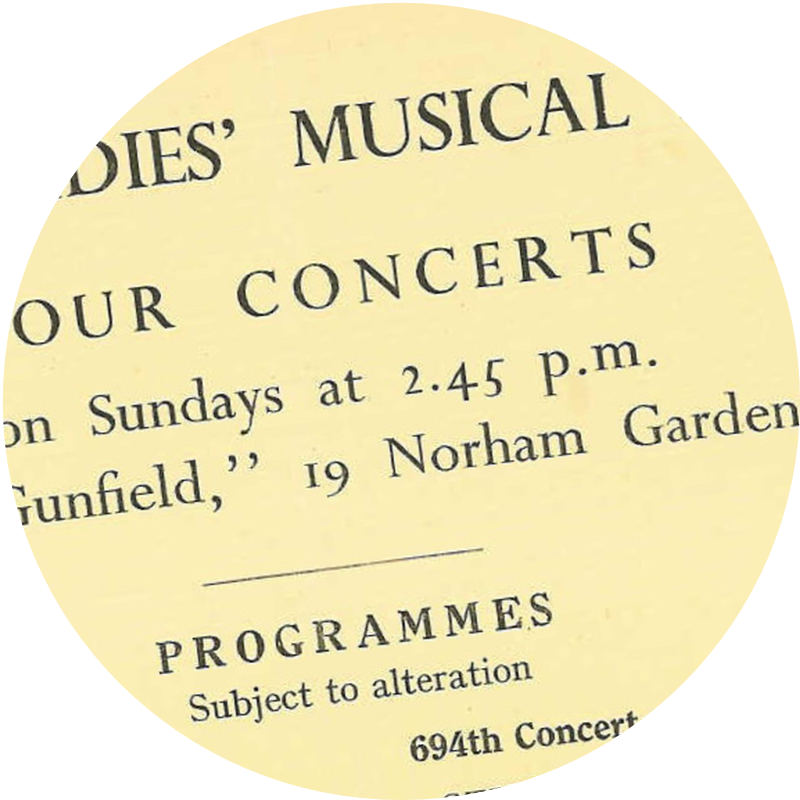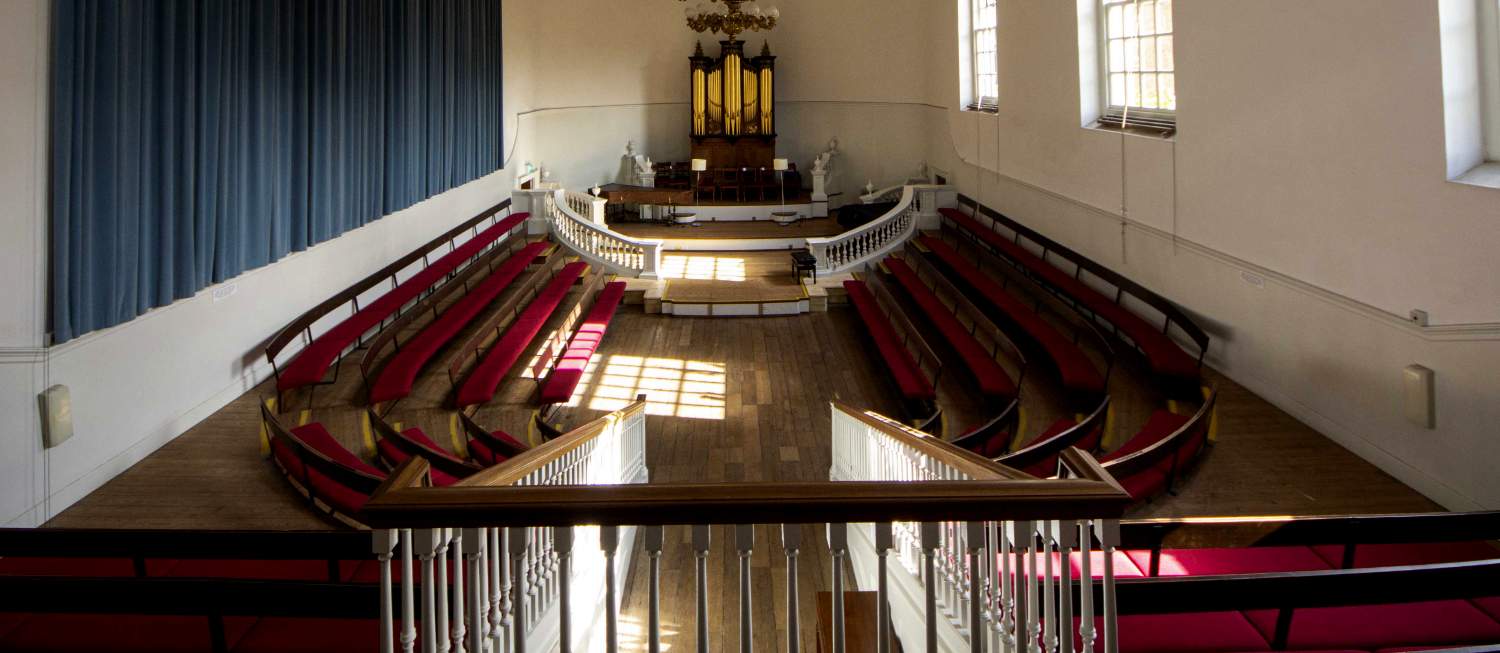Completed in 1748, the Holywell Music Room was one of the first buildings in Europe designed specifically for musical performances. The influence of Handel, whose oratorios were popular in England, may have inspired the project – some say he performed here – but, whatever the impetus, the result is a building of special charm with an exceptional acoustic.
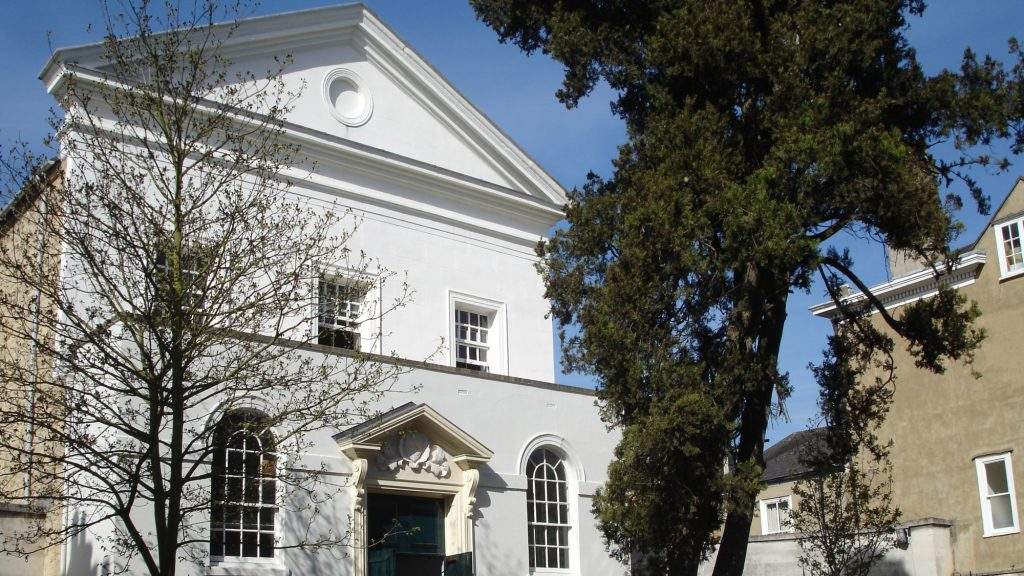 Until the eighteenth century, chamber concerts took place either in the (then all-male) Oxford colleges or in pubs, so the Holywell Music Room became an important social space for music-lovers. Not only did it bridge the gap between university audiences and local people, it also offered a fitting place for ladies to attend concerts. In its historic interior one can easily imagine the excitement of hearing music by the great baroque composers seasoned with new compositions by Joseph Haydn and others of the day.
Until the eighteenth century, chamber concerts took place either in the (then all-male) Oxford colleges or in pubs, so the Holywell Music Room became an important social space for music-lovers. Not only did it bridge the gap between university audiences and local people, it also offered a fitting place for ladies to attend concerts. In its historic interior one can easily imagine the excitement of hearing music by the great baroque composers seasoned with new compositions by Joseph Haydn and others of the day.
The Music Room flourished as a performance space into the early nineteenth century, but the destabilizing years of the French Revolution and Napoleonic wars took their toll. Between 1840 and 1860 it closed as a venue for concerts and, after a brief period as a sale room for upholstery and furniture, it became the museum of the Oxford Architecture Society. In 1860 music returned when the Oxford Choral Society took the Music Room for their weekly meetings, as did the Oxford Philharmonic Society in the 1870s.
In 1904 the University Musical Union (amalgamated with the University Music Club) took over the tenancy of the Holywell Music Room. They reorganized its interior and reaffirmed its original purpose as a central venue for music-making in Oxford – as it has been ever since. From 1915 onwards the building was sublet to the Oxford Ladies’ Musical Society (today’s OCMS).
In 1959-60 the Music Room was restored externally and internally – including balustrading around the performance area as we see it today – and re-established as a sought-after space for musical performances, whether by talented local musicians or visitors of distinction. Wadham College (on whose land the building stands) carried out further refurbishment in 2009.
Today the Music Room seats 190 (at a pinch). The oak floor is original; and although the organ, by John Donaldson, was installed in 1985, it dates from 1790. The two great chandeliers were originally hung in Westminster Hall for the coronation of King George IV, who gave them to Wadham College. For performers and listeners alike, the Holywell Room’s superb acoustic is widely recognized as ideal for chamber music.
Jeremy Goulding


